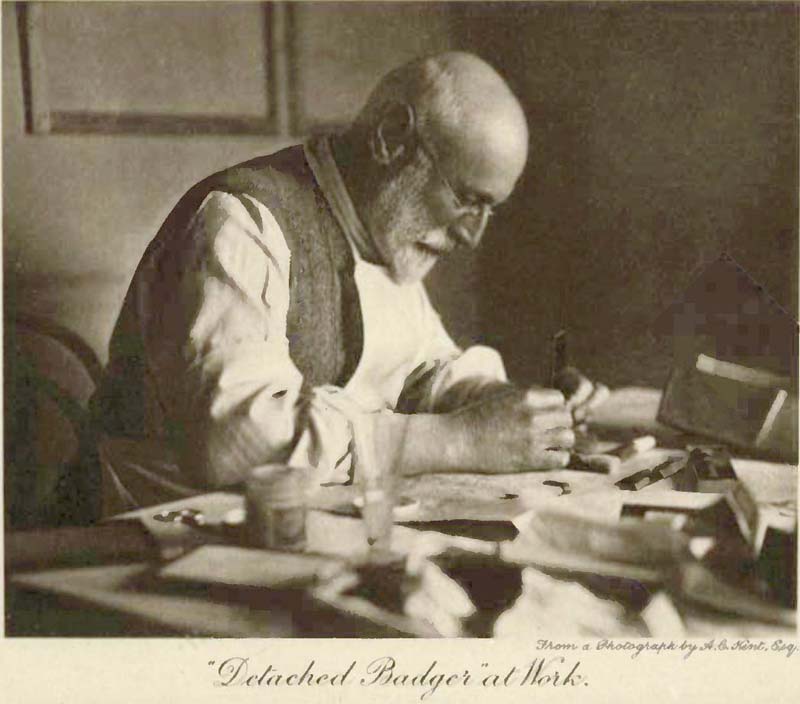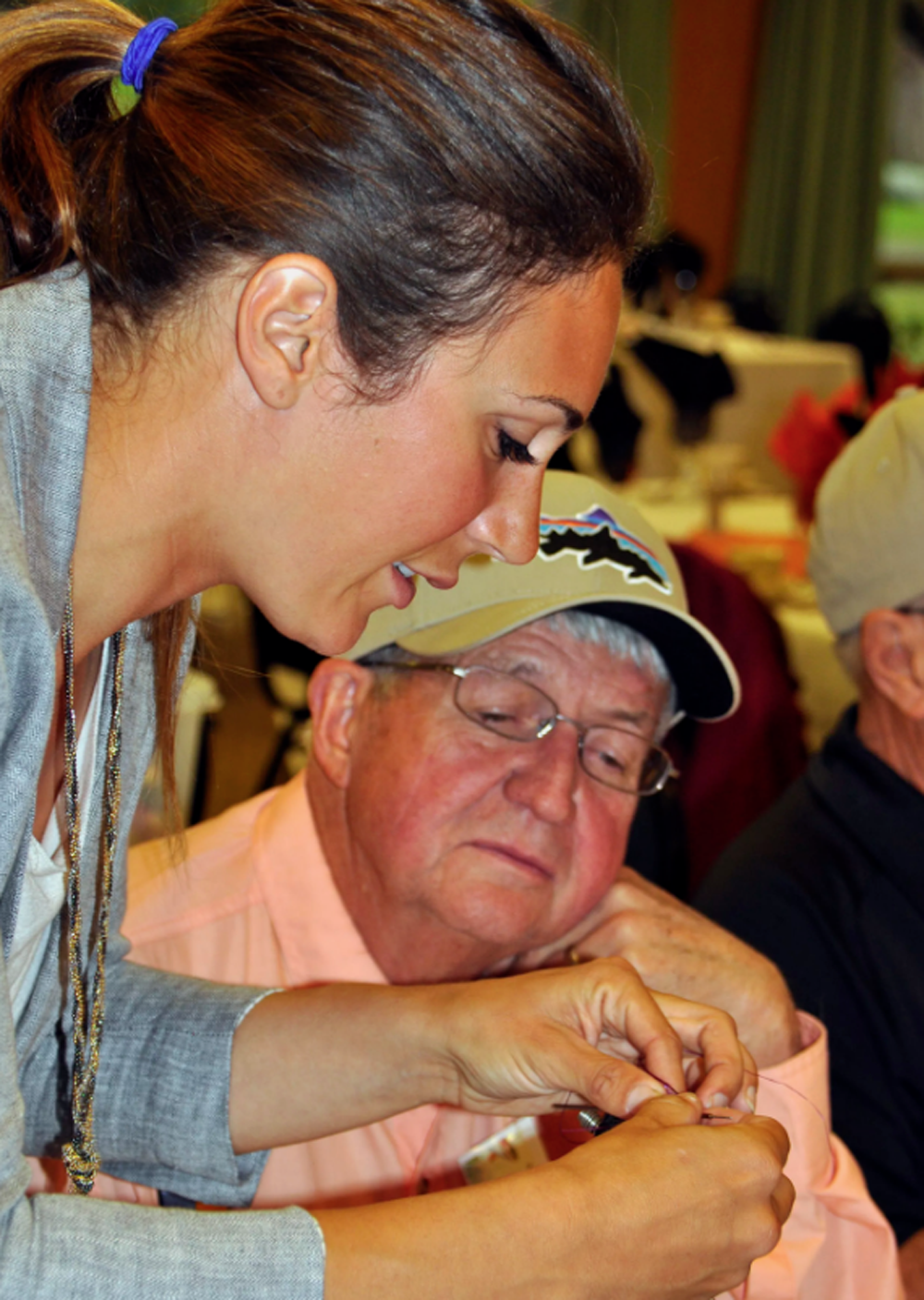
Frontispiece showing Frederic M. Halford tying flies from The Dry Fly Fisherman’s Entomology Mosley, 1921. Image credit Mike Cline. A commons image.
The first criticism I received from my New Zealand guide was, ‘Do not use that knot?’ A Clinch Knot?

Skip Clement, New Zealand.
By Skip Clement
At the time of my visit, Hughie McDowell, New Zealand’s famous guide, author, and world Tournament Fly Fishing champion, said the following knots were essential for outdoor enthusiasts to know.
NOTE: We used all of the following ‘outdoor knots’ in 22 days of being guided
Everyday outdoors knots to know
Bowline Knot ~ Taut Line Hitch ~ Truckers Hitch
These three knots come into play if you have a truck; you probably know the Truckers Hitch because you occasionally haul a dresser for a family member or friend. If you own a boat, you know how to tie the Bowline. As a camper, there will always be the need to tighten a line, and the Taut Line Hitch is perfect.
Fly Fishing Knots to know
If you have been at the sport of fly fishing for a long time, more than likely, you have whittled away at choosing knots because of having gone through failures. More likely, knots that tend to have their coils misalign when seated.
Also, tying knots at home is different, a lot different than trying to tie a knot on a windy day, standing in gnarly terrain, aboard in rough seas, in the dark, or sideways rain.
Also, why would you change if you have been using an Improved Clinch Knot, for example, for decades, and it has never failed?
Maybe you quit the Clinch Knot (see improved version) because it tends to become offset and swim the fly in an unworldly way, creating little or no chance of being eaten or because it is too bulky.
Perfection Loop is considered the best for strength and has the smallest profile. It is easy to tie.
Figure 8 Knot / Orvis Tippet Knot (with or without hemostat)
Bimini Twist is the quintessential saltwater knot and very easy to tie. It is an excellent shock absorber and is considered a 100% knot.

Here, April Vokey helps out a fellow tyer at a fly-tying symposium. April Vokey is a modern-day superstar of fly tying. She has made waves throughout the steelhead world as a fly fisher and has made many contributions to tying tube flies.
Palomar Knot—supposedly the strongest connection. Make the loop large enough to slip over the fly without molesting it. Although sometimes referred to as a 100% knot, it is a 90% knot.
Three-turn Surgeons Knot (requires careful attention to prevent slippage). The initial pre-use setting should be vigorous.
Albright Knot connects wire to mono, braid, fluorocarbon, and mono or any of those plastic lines to each other. It is also a good Knot for differing-diameter materials. Vigorous pre-use seating.
Nail Knot: an easy, no-fail knot. Here is where that Tie Fast toll makes life easier. Be careful seating coils. Do not yank them off the tool; pull the coils off purposefully and then seat the coils. It’s easier that way.
Hay Wire Knot – for toothy fish like musky and barracuda. If you grew up on a farm, you knew this knot before you were 10.
Duncan Loop is very easy to tie. It is the best knot to anchor the backing to the reel arbor. However, it is subject to slipping, so pre-tightening is essential.
Tool:
 The Tie Fast Tool / Nail Knot is perfect for backing to the fly line, connecting the fly line to the leader, attaching the tippet to the fly, and joining lines.
The Tie Fast Tool / Nail Knot is perfect for backing to the fly line, connecting the fly line to the leader, attaching the tippet to the fly, and joining lines.
There is a fair amount of criticism for using tools to tie knots, especially among professional guides and captains. Some claim tools get lost or take up room, and one or two other complaints are quite a stretch.
NOTE: Professional guides and offshore captains can tie any knot perfectly in a hurricane and in the dark. It is also notable that they tie knots all day, every day. Most of us do not.
Over decades, superficial and more substantial knots have replaced knots we learned as kids, like the Clinch Knot and Blood Knot.
Conclusion
Tying fishing knots should never be something that does not require your full attention. Lose a fish to a knot fail, and you will never forget it.
Knot-tying failure results from three common mistakes: tying errors, including knot choice, misaligned coils, and improper tightening, which allows slippage.







